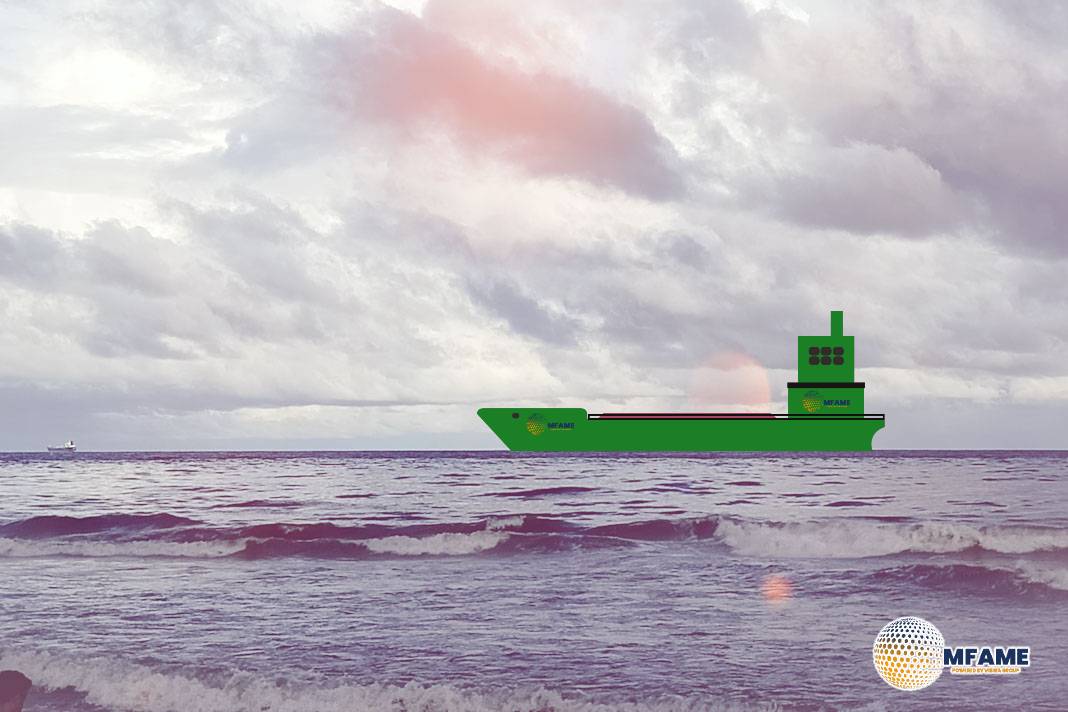- Analysts warn carriers need stronger assurances before returning.
- Rerouting via the Cape of Good Hope absorbs 2 million TEU of capacity.
- Freight rates could plunge if ships return to Red Sea routes.
Reports indicate that the Houthis have stopped their attacks on Israel and commercial shipping in the Red Sea, as reported by the Associated Press. This shift could significantly affect global ocean container shipping, but analysts caution that a swift, large-scale return to the region will depend on additional guarantees, reports Xeneta.
Analysts Urge Caution Despite Reports
Peter Sand, Chief Analyst at Xeneta, said: “Details are sketchy and you cannot base the safety of crews, ships and cargo on the word of Houthi militia. Carriers need far more assurance than that and, perhaps more importantly, so do insurance companies.”
He added that some carriers have cautiously tested the route, saying: “Different carriers have different tolerances to risk and we have seen some intermittently testing the water, with the CMA CGM Zheng He and CMA CGM Benjamin Franklin making voyages through the region in November, but generally the number of container ships transiting the Suez Canal has been trending downwards during 2025.
“Transits may start to increase if there is a perceived lower risk, but we are unlikely to see an imminent return to 2023 levels.”
Red Sea Diversions Absorb Global Capacity
Because of the risk of Houthi attacks, many vessels have been redirected around the Cape of Good Hope, which has increased sailing distances and absorbed about 2 million TEU of global container shipping capacity. A significant return to the Red Sea could lessen overall transport work and might lead to a sharp drop in freight rates unless carriers implement countermeasures like slow-steaming, idling, demolition, or blank sailings.
Freight Rates Under Pressure
Sand explained: “Average spot rates from Far East to North Europe, Mediterranean and US East Coast – three trades that would ordinarily transit the Red Sea – are all down more than 50% since the start of year. A largescale return of container ships to the Red Sea would flood the market with capacity and cause freight rates to plunge even lower across trades at a global level, not just those directly impacted by the diversions.
“Carriers are already heading into loss-making territory and freight rates are expected to fall up to -25% globally in 2026, even with no change to the situation in the Red Sea.”
Potential Disruption to Supply Chains
Sand further cautioned that shippers should be prepared for operational upheaval: “Shippers should also be making contingency plans because a largescale return would cause severe disruption across global ocean supply chains as services transiting Suez Canal are reinstated.
“There are still many questions to be answered, but the impact of a largescale return would be seismic for shippers and carriers.”
Did you subscribe to our daily Newsletter?
It’s Free Click here to Subscribe!
Source: Xeneta

















